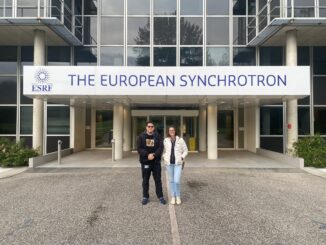
Unvealing the role of β-Ag2MoO4microcrystals to the improvement of antibacterial activity
Abstract: Crystal morphology with different surfaces is important for improving the antibacterial activity of materials. In this experimental and theoretical study, the antibacterial activity of β-Ag2MoO4 microcrystals against the Gram-positive bacteria, namely, methicillin-resistant Staphylococcus aureus (MRSA), and the Gram-negative bacteria, namely, Escherichia coli (E. coli), was investigated. In this study, β-Ag2MoO4 crystals with different morphologies were synthetized by a simple co-precipitation method using three different solvents. The antimicrobial efficacy of the obtained microcrystals against both bacteria increased according to the solvent used in the following order: water < ammonia < ethanol. Supported by experimental evidence, a correlation between morphology, surface energy, and antibacterial performance was established. By using the theoretical Wulff construction, which was obtained by means of density functional calculations, the morphologies with large exposition of the (001) surface exhibited superior antibacterial activity. This study provides a low cost route for synthesizing β-Ag2MoO4 crystals and a guideline for enhancing the biological effect of biocides on pathogenic bacteria by the morphological modulation.
Author(s): Foggi, CC; Oliveira, RC; Assis, M; Fabbro, MT; Mastelaro, VR; Vergani, CE; Gracia, L; Andrés, J; Longo, E; Machado, AL
Materials Science and Engineering: C
Published: June 2020 Volume 111




